A LAND CONTAINING THOUSAND-YEAR-OLD HERITAGE SITES
The Thổ Chùa area, located in Bình Kiều village (Hiệp Hòa commune, Hiệp Đức district, former Quảng Nam province), the general name for the alluvial land along the Tranh River (an upstream branch of the Thu Bồn River), has long been known as an archaeological "hot spot". The high mounds near the Tranh River banks have always attracted the attention of researchers and artifact hunters alike.
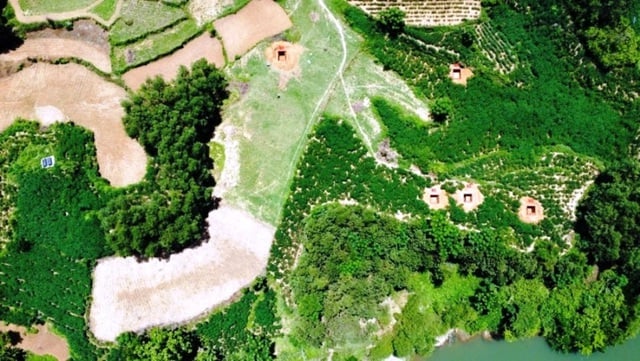
Location of exploratory excavation pits in the Tho Chua area
PHOTO: HA SUONG
In the late 1990s, spontaneous excavations occurred in Tho Chua, as locals rushed to search for ancient artifacts. At that time, many valuable items such as ceramic jars containing burial goods made of pottery and agate jewelry, precious stones, even bronze drums, earrings with animal heads, iron objects, and human remains were discovered, albeit without following scientific procedures.
Recognizing the importance of this site, in 2023 the Quang Nam Museum organized an investigation and survey of archaeological sites in the province. At Tho Chua, the survey team collected a terracotta spindle whorl, 34 pottery fragments from jars and other terracotta containers, all bearing the distinct mark of the Sa Huynh culture.
The biggest breakthrough was recently when the Quang Nam Museum opened 5 archaeological excavation pits with a total area of 23 m2 and discovered 2 jar burials, 1 vase burial, 2 clusters of pot burials, along with many burial artifacts. Among them were stone axes, ceramic jars, ceramic vases, bronze objects, iron objects, and especially various types of jewelry made of glass, rolled glass, and gold-plated items.
In particular, the archaeological team discovered and restored many earthenware containers placed outside and around the ceramic jars. These are burial artifacts of various types such as pots, cups, bowls, vases, offering bowls, ceramic lids, jar lids, etc., dating back more than 2,000 years and belonging to the Sa Huynh culture.
Among the excavation pits, pit number 5 stands out particularly with its two burial jars located at depths of 95-180 cm. These jars are cylindrical, gradually widening towards the base, with a light brown body. Funeral pottery is meticulously arranged around the jars, from the rim to the base. Inside the jars, archaeologists found iron burial artifacts and numerous multicolored beads.
In addition, seven iron artifacts were found inside the ceramic jars and under the cluster of burial pots in the excavation pit, including knives, swords, and axes. These artifacts have stable and professional shapes, reflecting the high level of metalworking skills of the Sa Huynh people, similar to what is commonly seen in Southeast Asia during the early Iron Age. Interestingly, their shapes are still used in daily life today.
During this excavation, three thin, fragile bronze bowls with a blue color were also discovered between two clusters of pottery vessels in layers 6-7 of pit 1. Notably, on the surface of the Tho Chua area, archaeologists also found a terracotta spindle whorl and a leech-shaped earring. These are all characteristic artifacts of the Sa Huynh culture, which have been found in many other sites in Quang Nam.
MANY VALUABLE ARTIFACTS
Mr. Tran Van Duc, Deputy Director of the Quang Nam Relics and Museums Management Board, said that during this exploration, archaeologists also discovered 7 gold-plated glass beads and 242 colorful glass beads. These artifacts not only demonstrate refined aesthetic taste but also show the extensive trade of the Sa Huynh people.
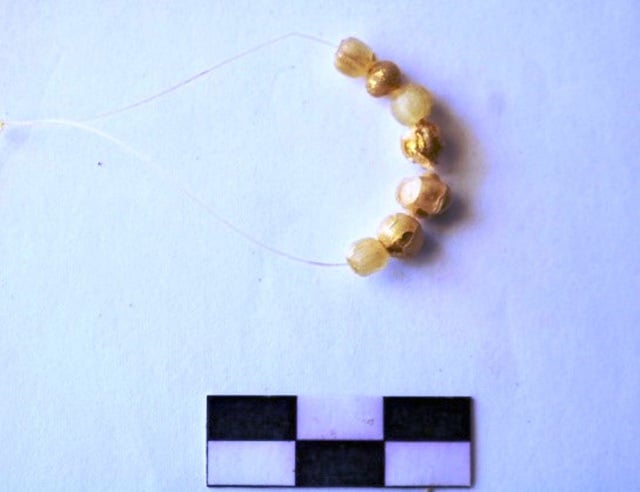
Glass bead chain, coiled and gold-plated.
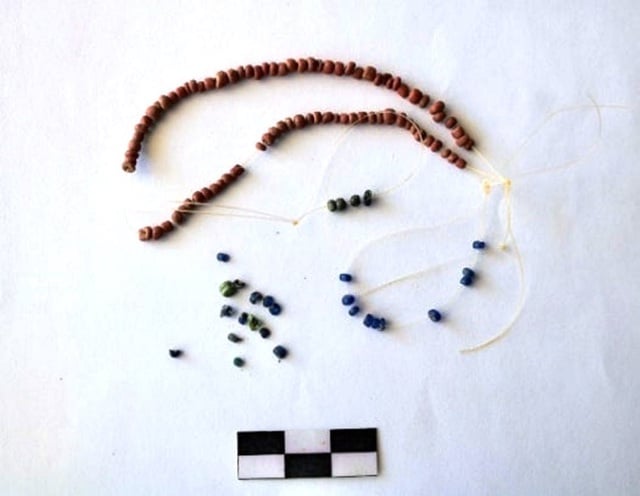
Beaded necklace, burial jar cluster
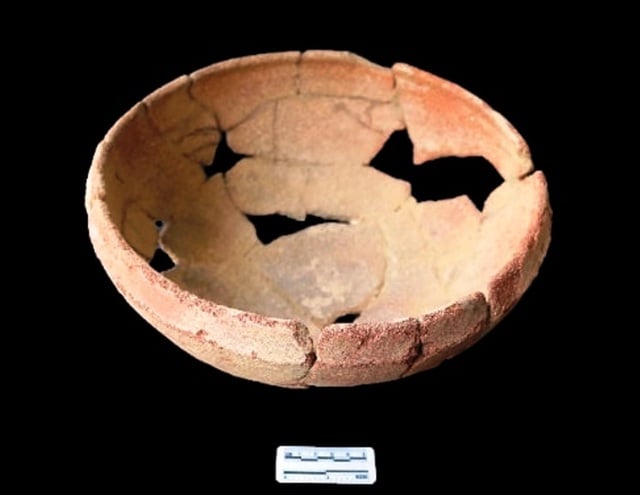
The pottery vessel was discovered during the exploration.
Notably, the shape of the jars, the burial practices, and the arrangement of burial goods in the two jars discovered in pit 5 have distinct characteristics compared to other Sa Huynh cultural sites in Quang Nam. The jars are cylindrical with truncated cone-shaped lids, but the flared section near the base resembles a peach-shaped jar. The burial ornaments in the jars consist only of small, colorful beads; no stone or agate ornaments were found.
According to Mr. Duc, the overall collection of relics and artifacts at Tho Chua reveals a burial site with diverse burial goods and a rather unique burial method, where most of the pottery burial goods were placed outside the tomb. This collection of artifacts reflects the intra-regional and inter-regional exchanges of the Tho Chua inhabitants, not only with relics in the Thu Bon estuary area but also further afield, with China and India. The process of gathering information from local people about previous discoveries in the Tho Chua area also recorded the presence of bronze drums and many other bronze containers, further strengthening the hypothesis of strong trade.
Based on a comparison of the types of artifacts, archaeologists have determined that the Tho Chua site dates back to a relatively late period, approximately the 2nd century BC to the 1st century AD. This adds important information to the overall picture of the development and transformation of the Sa Huynh culture. "This discovery has opened up promising new directions for research, investigation, and archaeological excavation in this area in the future," Mr. Duc affirmed.
Source: https://thanhnien.vn/phat-hien-khu-mo-tang-2000-nam-tuoi-185250717225023364.htm










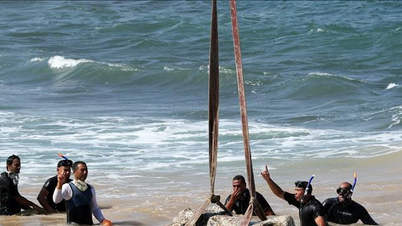




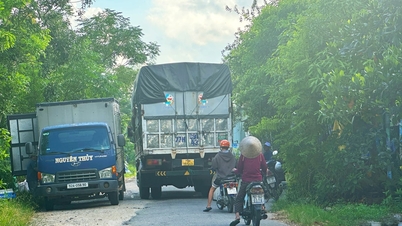
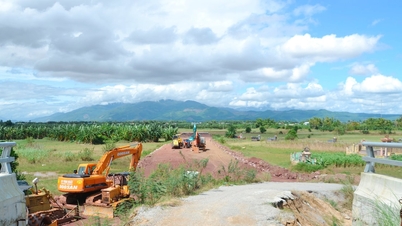



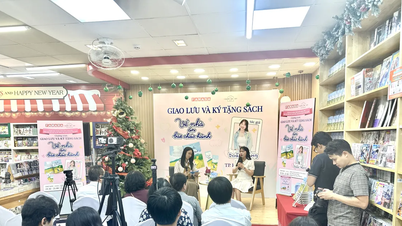





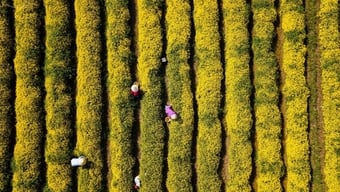

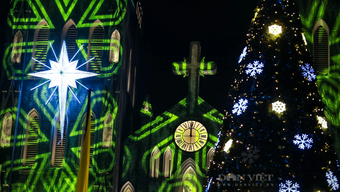







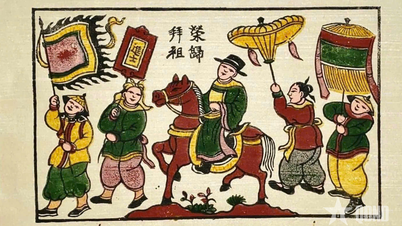
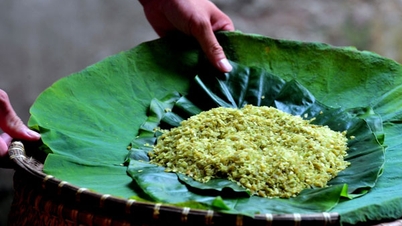

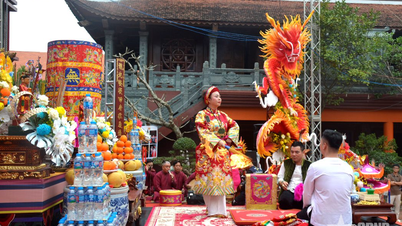








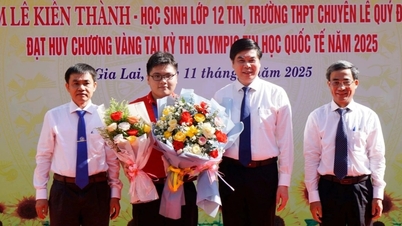


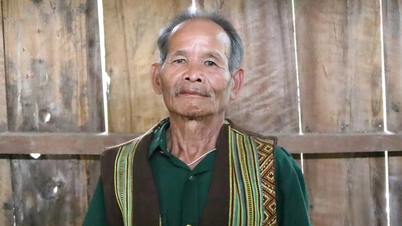




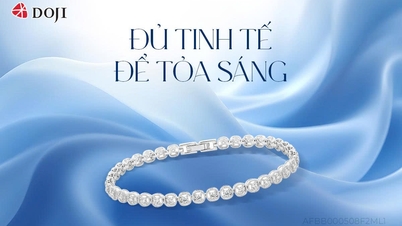

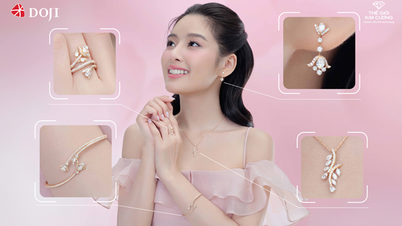

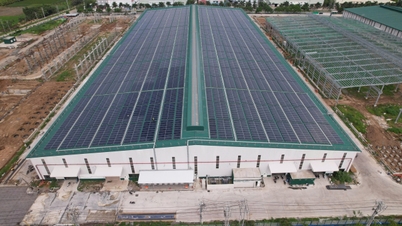









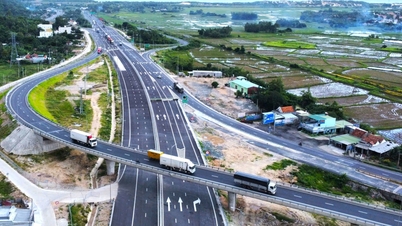
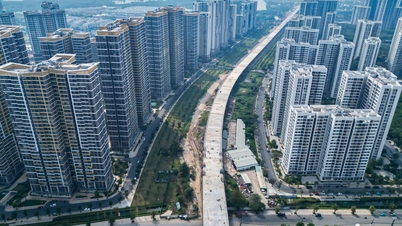












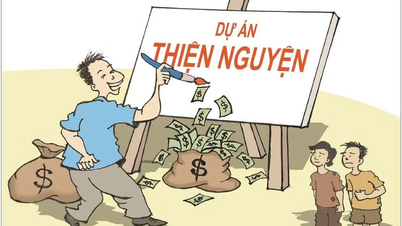

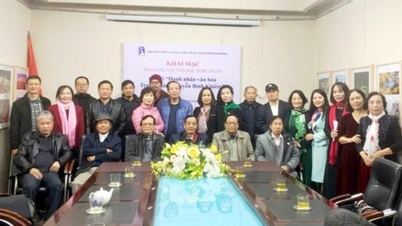

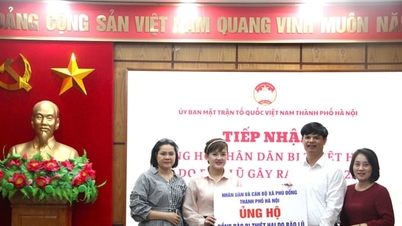

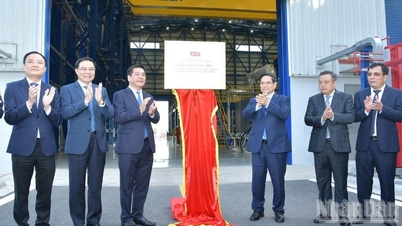

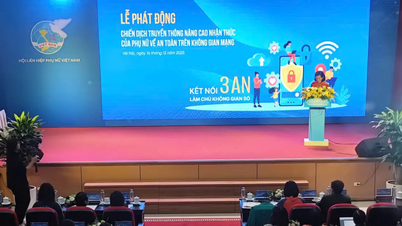
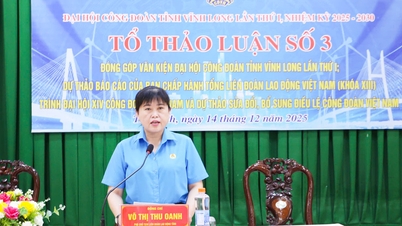









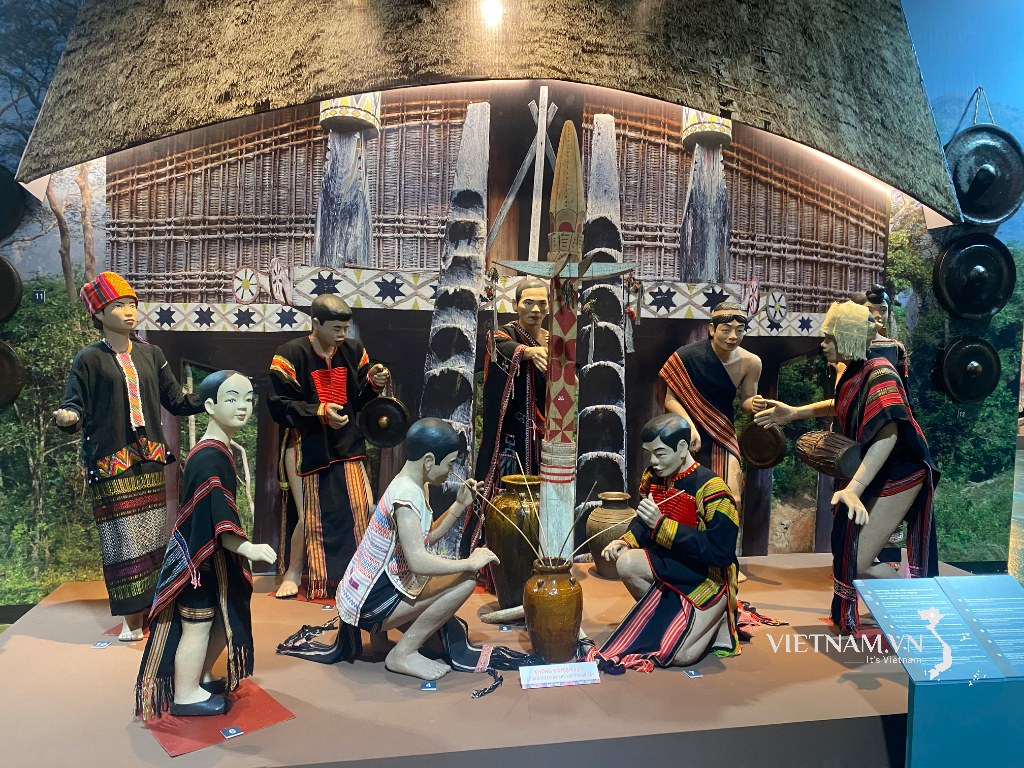
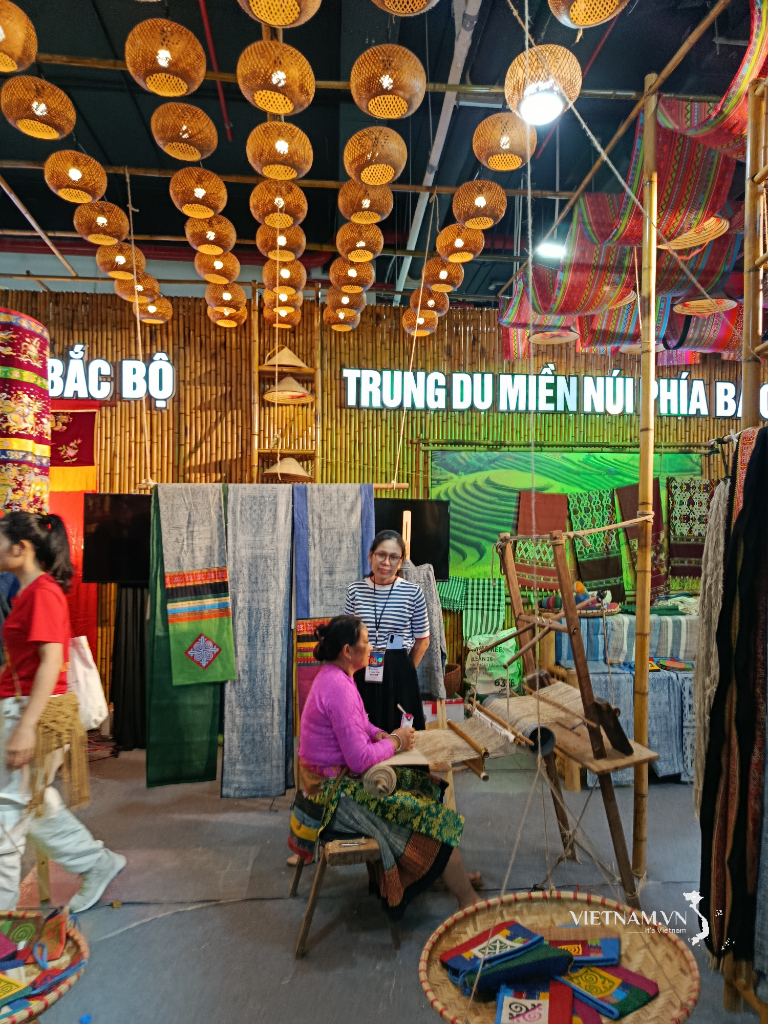


Comment (0)